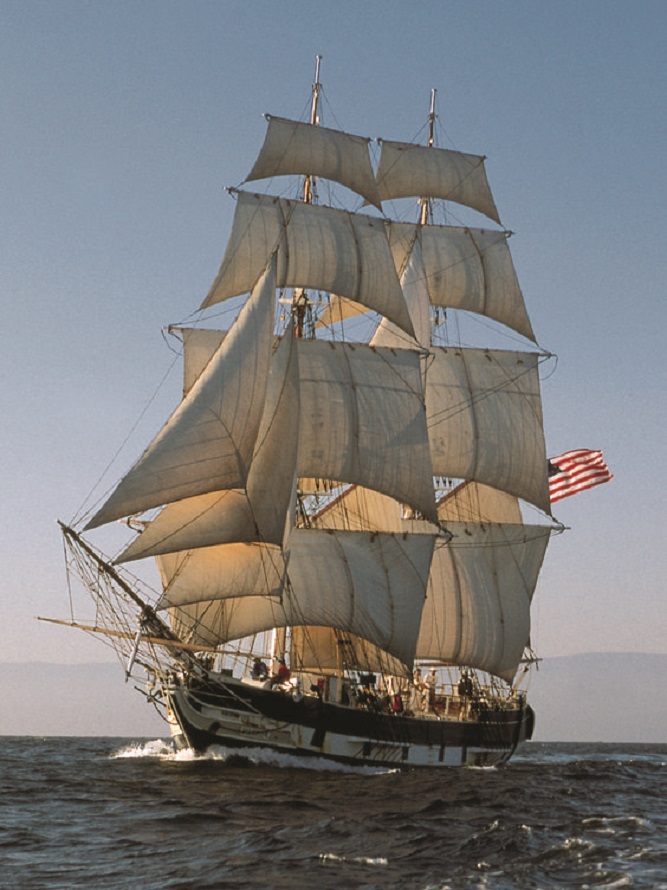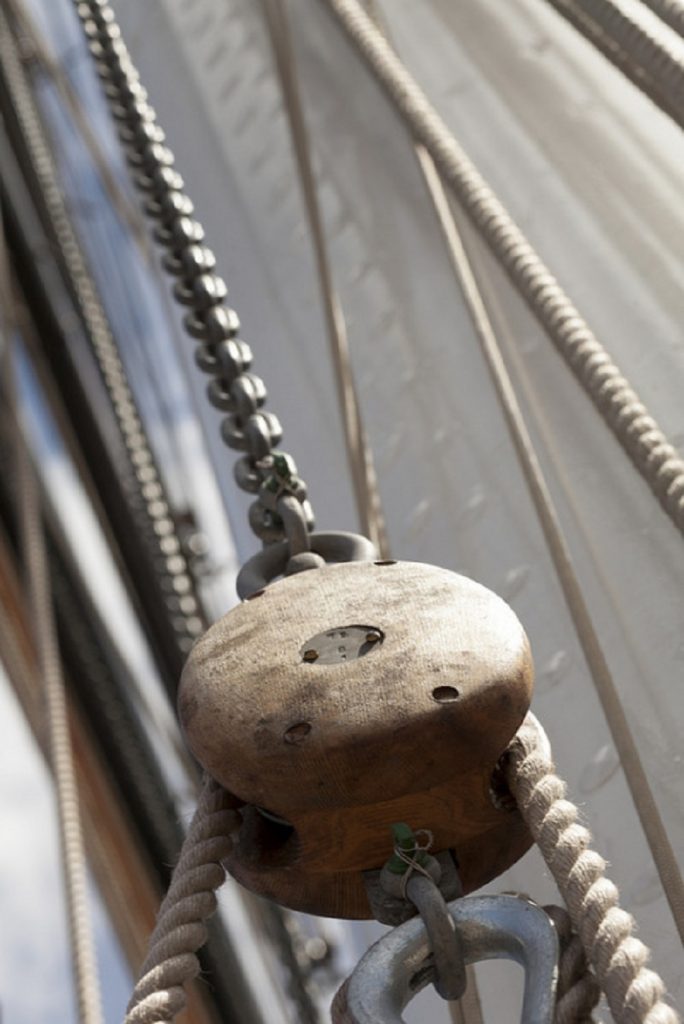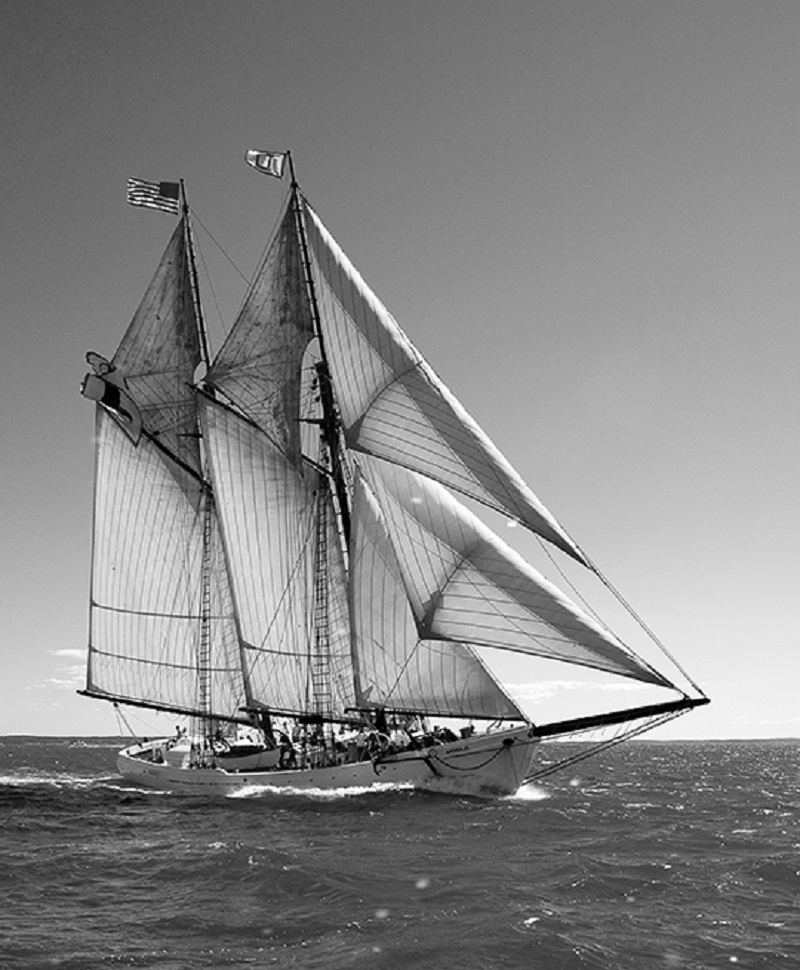There are many famous and historic ship models. Some of the most popular ones include:
- The USS Constitution: This is the oldest commissioned warship afloat in the world. It was built in 1797 and is now a museum ship in Boston, Massachusetts.


- The Titanic: This was the most famous ship in the world when it sank in 1912. There are many model replicas of the Titanic, including one that is full-size and floats in Branson, Missouri.
- The HMS Bounty: This was a British ship that was sunk in a hurricane in 1791. There are many model replicas of the Bounty, including one that is on display at the National Maritime Museum in London.
- The Santa Maria: This was the ship that Christopher Columbus sailed on when he discovered the Americas in 1492. There are many model replicas of the Santa Maria, including one that is on display at the Museo Naval de Madrid.
- The Vasa: This was a Swedish warship that sank in 1628. It was rediscovered in 1981 and is now a museum ship in Stockholm, Sweden.
These are just a few of the many famous and historic ship models that exist, you can find them at Gonautical.com. Many of them can be seen in museums or private collections.
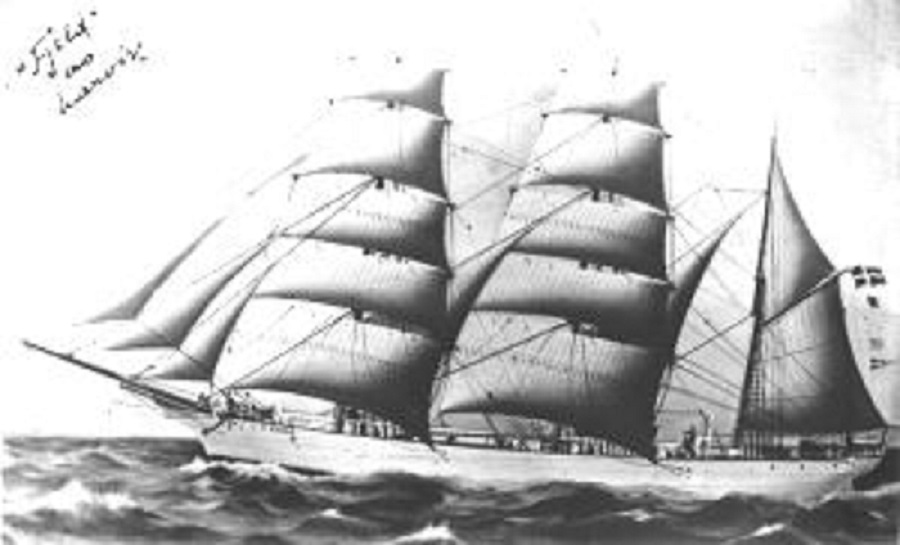
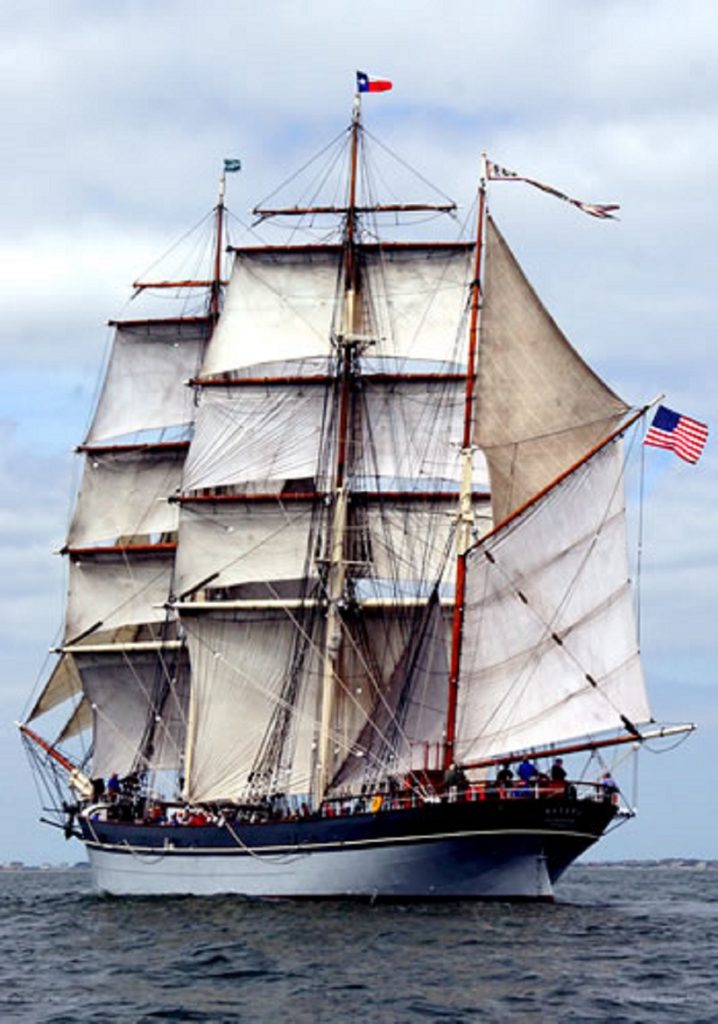

A sextant is an old navigational tool that measures elevation using angular distances. You can use a sextant to determine the altitude in the sky of the sun, moon, or other celestial bodies relative to the horizon. You can then use that information to pinpoint your latitude, or your position on the globe relative to the equator. While sextants can give you very accurate information about your location, you’ll typically need to make a few corrections to your reading based on factors like the time of year and which astronomical body you’re using for reference. Although the sextant’s design looks complicated, with an understanding of how it works and a little practice, you can reliably use it to find your position!







